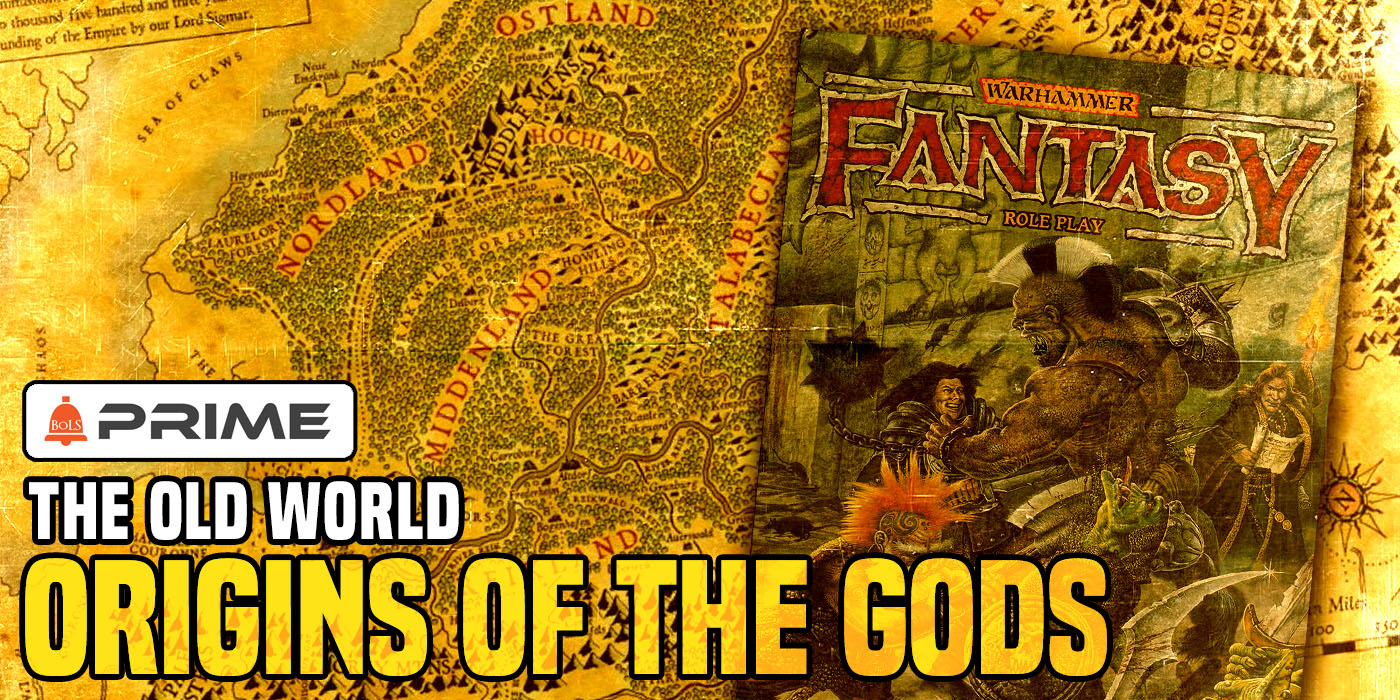Boy, some of these guys and gals look pretty familiar...
Everybody strap yourselves into the BoLS Time Machine because we're going back in time to 1986 and the 2nd Edition of Warhammer Fantasy RPG. Back then, Warhammer Fantasy Battles was still only a single book, the world was much smaller, and several of the most common races hadn't even been introduced yet. Alongside the early factions like Amazons, Kislev, and Cathay, the pantheon of human gods was a little different, and even included a few that would later be co-opted by the elves (and a certain snake-bodied sorceress).
We won't be talking about them today, though, as we're just focusing on the primary pantheon of human gods introduced in Warhammer Fantasy RPG. Of course, as with everything in the Old World, the inspiration for these gods came from the pantheons of history or other fantasy properties, and though some of the gods have a more direct correlation than others, each one has at least a loose connection to an ancient god or god-like figure.
Manann
The god of the sea and primary god of the northern coast of the Old World Empire, Manann is primarily worshipped by sailors and seafarers and is said to control t...

